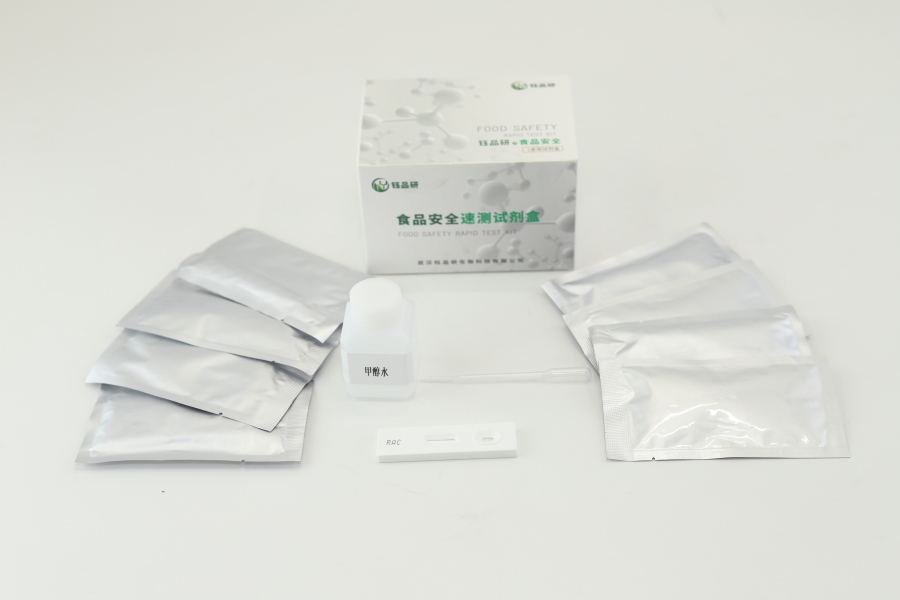In the context of the rapid development of modern food industry, food safety issues have always been the focus of public attention. Among them, veterinary drug residues, as one of the important factors affecting food safety, especially the wide use of quinolones in the breeding industry, may enter the human body through food and pose a potential threat to health. In order to quickly and accurately detect the residues of quinolones in food, the Quinolones Colloidal Gold Rapid Detection Card came into being and has become an important "sharp weapon" in the field of food safety testing.
So, what is the Quinolones Colloidal Gold Rapid Detection Card? It is a rapid detection product based on colloidal gold immunochromatography technology. It is mainly used for qualitative or semi-quantitative detection of the residues of quinolones in food (such as meat, aquatic products, dairy products, etc.). The core principle is to use the specific binding reaction of antigens and antibodies to form a specific color-developing band through the colloidal gold-labeled antibody with the antigen on the detection line and the antibody on the quality control line, so as to determine whether there is a target drug residue in the sample.
The advantages of this detection card are very prominent. First, the detection speed is fast, usually only 10-15 minutes to produce results, which greatly shortens the hours or even days required by traditional detection methods (such as high-performance liquid chromatography, mass spectrometry, etc.), and is suitable for on-site rapid screening. Secondly, the operation method is simple, without the need for professional experimental equipment and complex operation procedures. Ordinary staff can get started after simple training. The steps of sample processing, sample addition, and reaction are completed in the test card, and the color development results are intuitively observed. In addition, the cost is relatively low. Compared with large-scale testing instruments, the use cost of the detection card is lower, which is convenient for popularization in scenarios such as enterprise self-inspection and on-site sampling inspection by grass-roots regulatory departments. At the same time, its sensitivity and specificity can also meet most of the detection needs, and can effectively identify low-concentration quinolone drug residues in food.
In practical applications, the quinolone drug colloidal gold rapid detection card is widely used in food production enterprises for raw material acceptance, processing process monitoring, and finished product factory inspection, as well as in the market supervision departments for farmers' markets, supermarkets, and catering units. It can help relevant parties detect substandard products in a timely manner, avoid the spread of safety risks, and provide strong technical support for ensuring consumers' "safety on the tip of the tongue".
In short, the quinolone colloidal gold rapid detection card plays an irreplaceable role in food safety detection by virtue of its fast, simple and efficient characteristics, and is an important guarantee for protecting public health and promoting the development of food industry norms.


